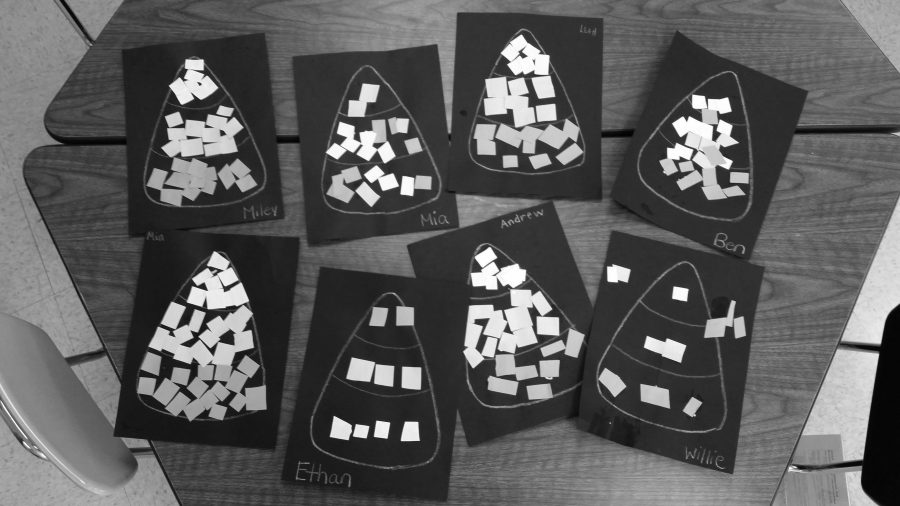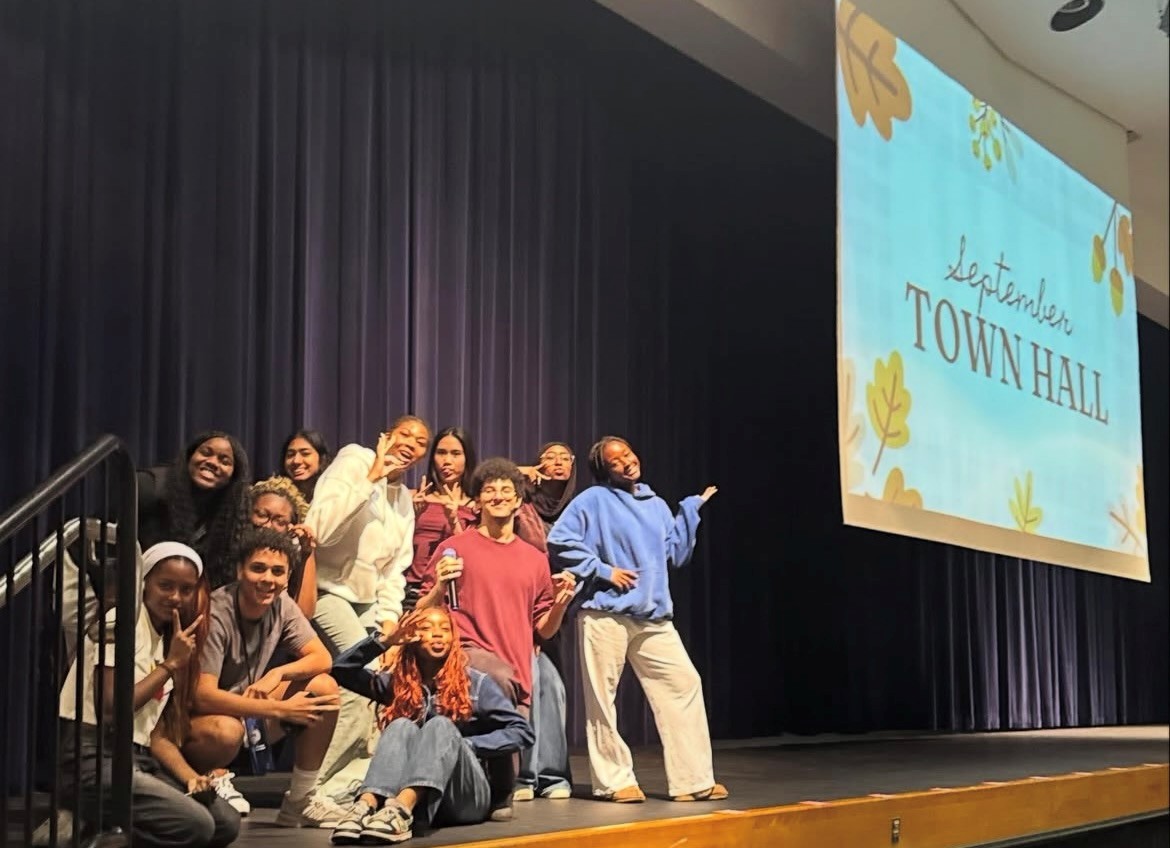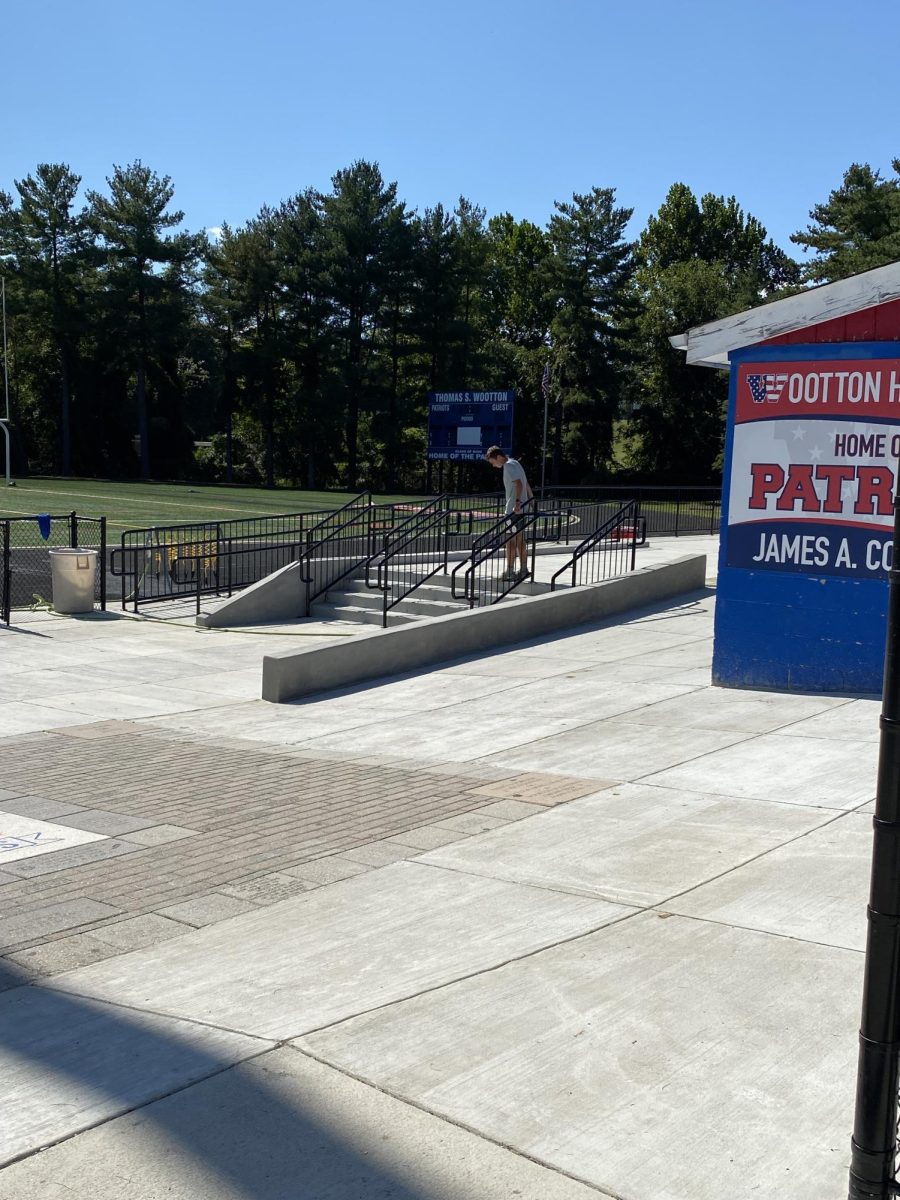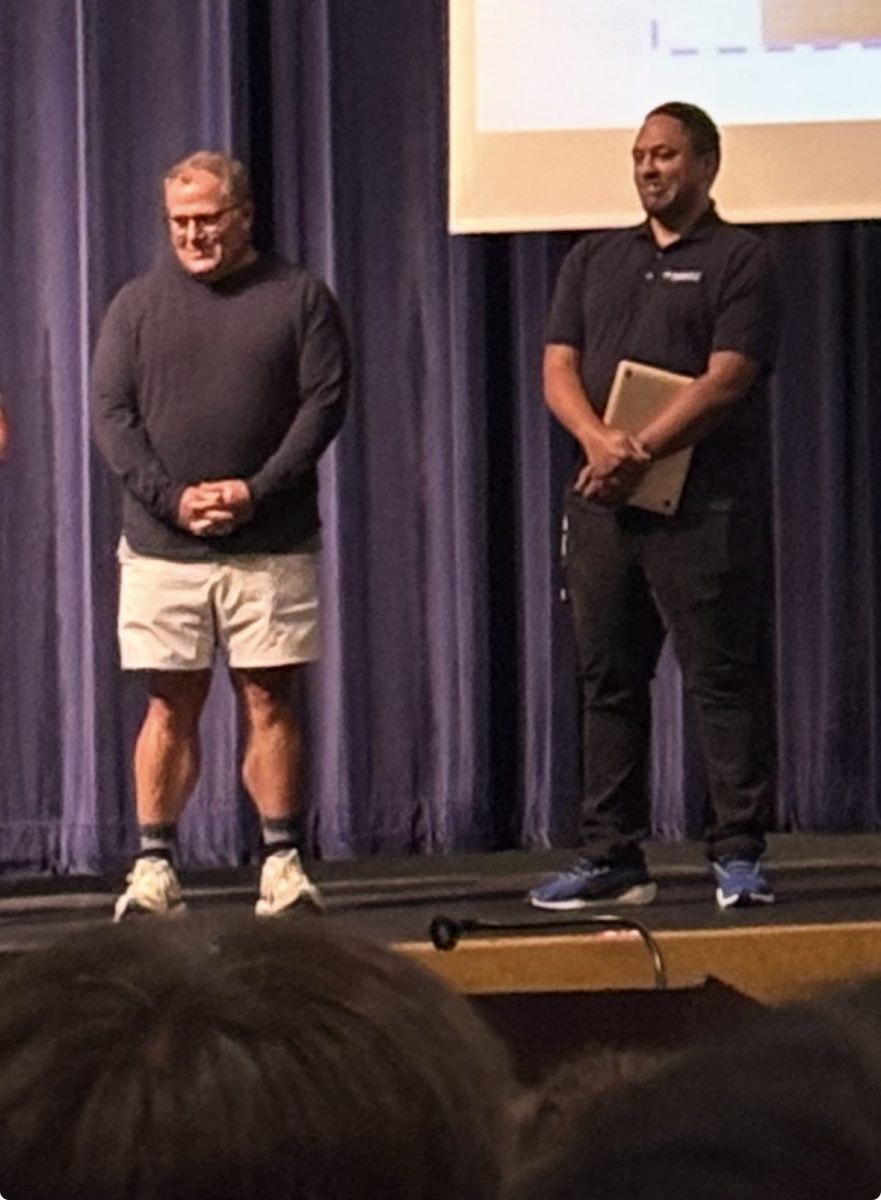Everyone’s heard of STARS, H&A, and Dual Enrollment, but another lesser-known program that students are involved in is the Education Academy.
The Education Academy, run by program coordinator Rebecca O’Neill, enables students to gain experience and knowledge in the field of education. Previous program coordinator Susan Thorpe created the Education Academy in the opening year of this school, and 19 other high schools in the county have followed suit and created their own early development programs since. The academy consists of two parts, child development classes and an internship.
Students who complete the first two levels of child development can submit their portfolio to be eligible to receive the Maryland State 90+9 Clock Hours Certification, which gives students a senior status and a higher pay rate earlier after being employed. Students who complete all three levels of child development classes and an internship can earn credits at Montgomery College.
The academy allows students to explore a career path at a relatively young age. Sophomore Lyndie Troxell knew she wanted to be a teacher even as a kid. “Growing up, whenever we’d play school, I was always the one who wanted to be a teacher and I remember having school supplies to hand out and I would make worksheets,” Troxell said. Senior Sarah Chen, on the other hand, was not as sure. “I wasn’t too sure about working with the kids because I never babysat [and] I don’t have any younger siblings, but then I decided I was going to try it in sophomore year and then I loved it so I stayed,” Chen said.
The first six weeks of child development classes is training where students are taught how children learn and do development application activities. In mid-October, the preschool opens. Eleven four-year-olds come in Monday through Thursday for preschool, where they are taught by students in the Education Academy’s child development classes. In a three-week rotation system, students first observe the children, create lesson plans, then teach the children in class.
There are three levels of child development classes, and the majority of students in Child Development 1 go on to Child Development 2 or an internship. Students intern at a local elementary or middle school, or here. Students who intern here assist teachers by making new presentations or setting up labs, among other tasks. Senior Sarah Chen interns in a kindergarten class at Fallsmead. “It’s actually pretty different from preschool. I’m happy I got the chance to see the difference,” Chen said. In addition to copying, creating materials and observing the teacher instruct the group, she also has the opportunity to instruct the students in smaller groups. Troxell plans on doing an internship too.
About 80 percent of the interns end up studying education in college, according to O’Neill. “I would say the program is 100 percent successful. Even if [students] hate it, it’s good to know now rather than find out later in college after so much time, money and effort has gone into it,” O’Neill said.
Mollika Singh
Staff Writer








